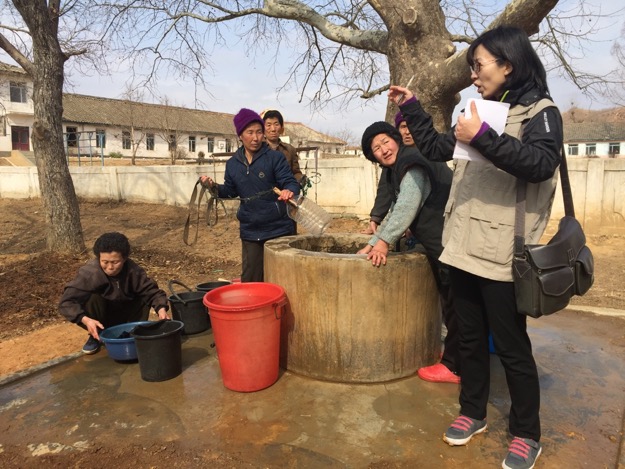Humanitarian Assessments in DPR of Korea 🇰🇵

January–February 2019: A Winter Visit to the DPRK
At the end of January and beginning of February 2019, I had the opportunity to travel to the Democratic People’s Republic of Korea (DPRK) once again. This time, the trip was during the winter—a season that exposed even more of the vulnerabilities faced by communities living in extreme cold environments with limited resources.
The main purpose of this mission was to assess the severe food shortages reported to be affecting the country. Together with my colleague and dear friend Taheeni from ECHO, we set out to gain a better understanding of the situation on the ground and its impact on ordinary North Koreans.
Exploring Pyongyang and Hamhung
Our visit began in Pyongyang, the capital of DPRK. Despite its rigidly controlled environment, the city presents a carefully curated façade—clean, orderly, and with a stark sense of organisation. Much of our time in Pyongyang was spent in meetings with government officials and humanitarian organisations, discussing the challenges related to drought and food production, as well as the ongoing efforts to support vulnerable populations.
We also experienced what can best be described as “assisted sightseeing”—visiting monuments and sites selected by our hosts. It was a surreal experience, simultaneously fascinating and restrictive, providing glimpses into the tightly controlled narrative the DPRK government wishes to present to visitors.
From Pyongyang, we travelled to Hamhung, a city on the east coast of the country, and ventured into nearby villages. It was here, away from the capital, that we began to see more of the struggles faced by local communities. The drought had left rivers dry, farmlands barren, and forests depleted—a stark reflection of the challenges of food production in a country grappling with natural resource scarcity and strict political systems.
The Human Impact of Food Shortages
The trip revealed the human cost of the food crisis. Villages in Hamhung struggled to produce even the most basic crops, with water sources severely limited. In such an environment, everyday survival was a test of endurance. The resilience of the people was striking, but it was clear that many were living on the brink, with little room for error in their daily lives.
What struck me most during our visits to the villages was the sense of quiet resilience paired with an unspoken fear. While we had some limited interactions with locals—more so in Hamhung than in Pyongyang—it was clear that even a simple complaint about the situation could lead to severe consequences for them. This atmosphere of restriction added a layer of complexity to our understanding of life in DPRK.
Taheeni and the Privilege of Witnessing
Travelling with Taheeni, a passionate and gifted Austrian humanitarian, made this trip all the more enriching. Together, we tried to make sense of the contradictions we witnessed—the resilience of the people juxtaposed with the harsh realities of the political system. It was a privilege to explore such a closed-off country, knowing how few foreigners get to experience even a glimpse of life in the DPRK.
Reflecting on the Experience
This mission reinforced the immense challenges faced by the humanitarian community in DPRK. The drought, compounded by decades of economic isolation and political control, has created a reality where even basic survival is a daily struggle for many. While our week-long trip could only scratch the surface, it was enough to leave a lasting impression.
The photos in the gallery capture moments from both Pyongyang and Hamhung, offering a rare glimpse into this mysterious and highly controlled country. Though we were limited in what we could photograph, I hope these images convey some of the complexity, challenges, and humanity that we encountered during this unique experience.
It was a trip filled with contradictions, moments of reflection, and a deep sense of privilege to witness life in one of the world’s most enigmatic nations.
Click here to access the album.
